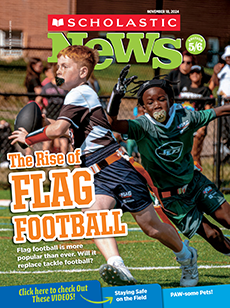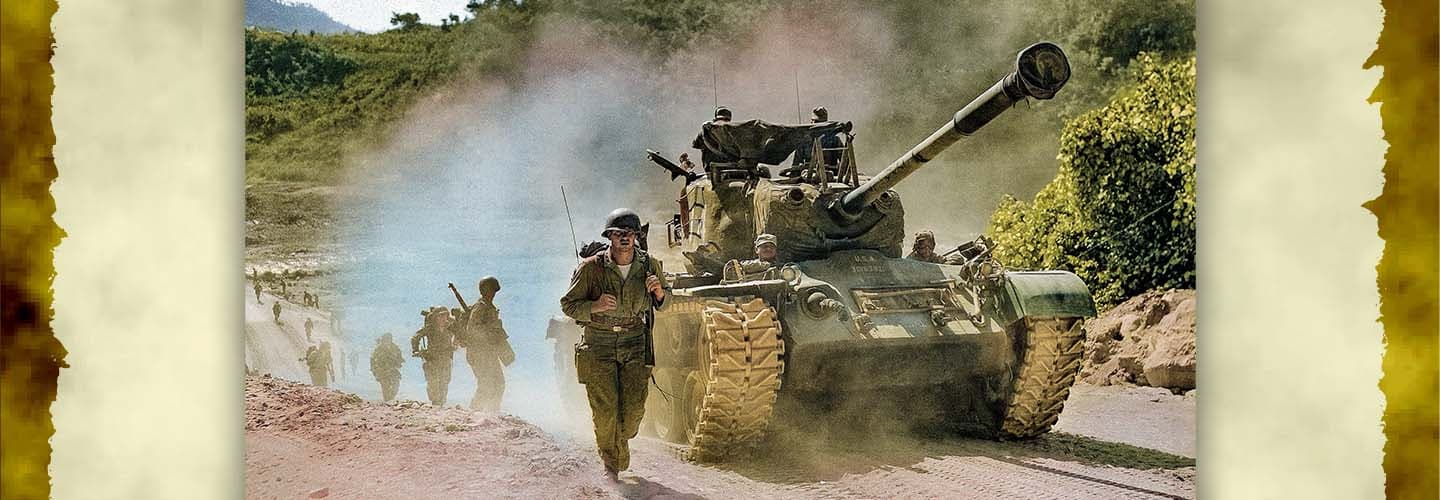Courtesy of Ernesto Sanchez
Ernesto Sanchez
Ernesto Sanchez noticed something odd. The U.S. Army sergeant was stationed in the mountains of North Korea. The trail in front of him was usually dotted with tree stumps. But now a few of them appeared to have leafy branches—and they were moving toward him.
“I had never before seen trees walking around,” Sanchez says.
He quickly realized that the “trees” were enemy soldiers in disguise. Sanchez knew he had to act fast, so he tossed a grenade in their direction.
But then—BOOM! While running away, the enemy soldiers stepped on a land mine and died immediately. Sanchez’s split-second decision prevented an attack that may have cost his men their lives.
It was 1953, and Sanchez was on the front lines of the Korean War. It’s often called the forgotten war, in part because it took place between two other major wars, World War II (1939-1945) and the Vietnam War (1954-1975). About 1.8 million American men and women served in the Korean War. Nearly 37,000 died, and more than 90,000 were wounded.
Now, at age 96, Sanchez wants to make sure no one who served in the war will be forgotten.

